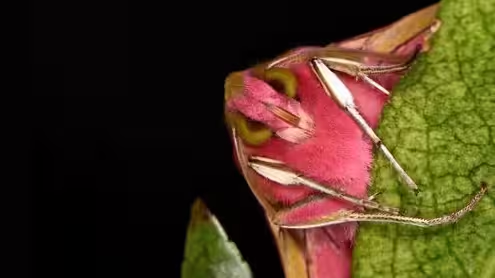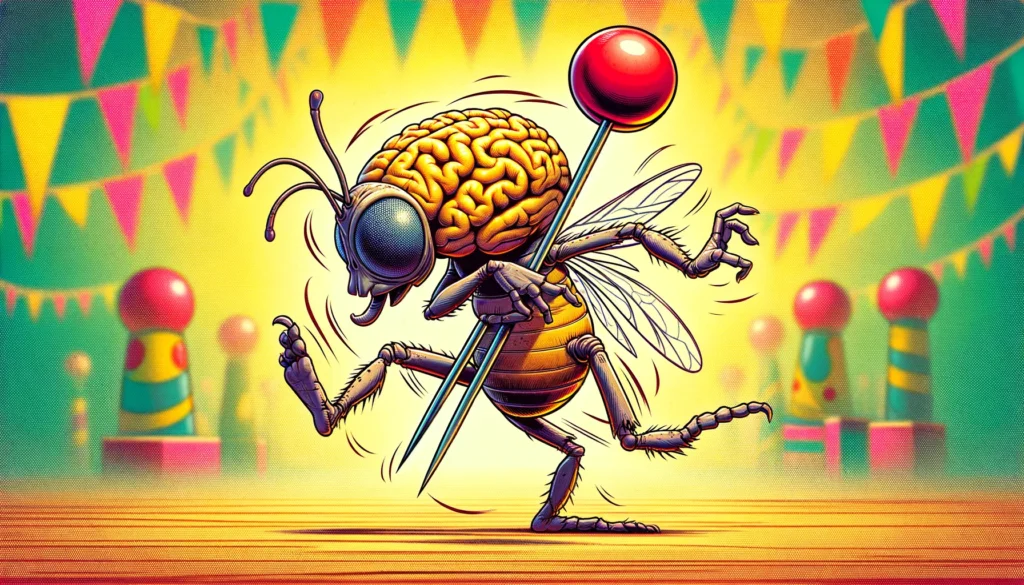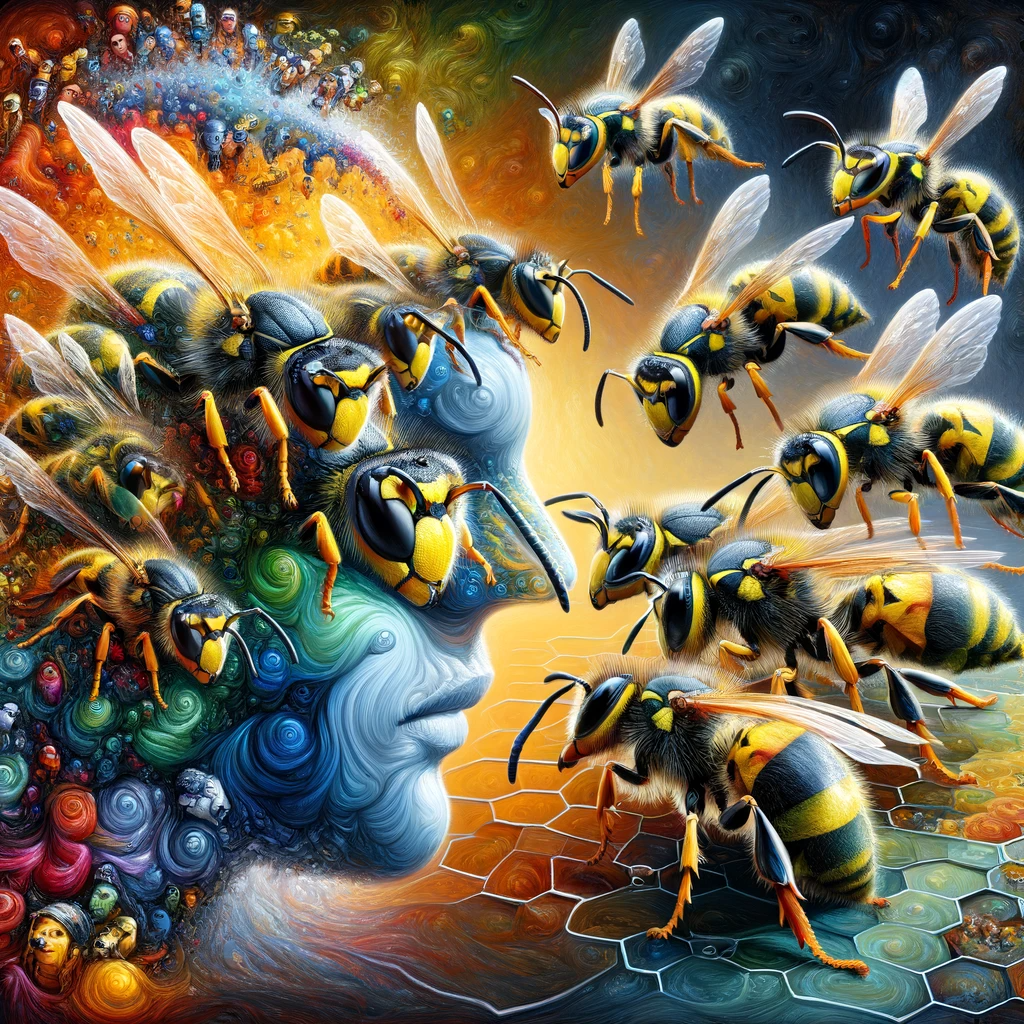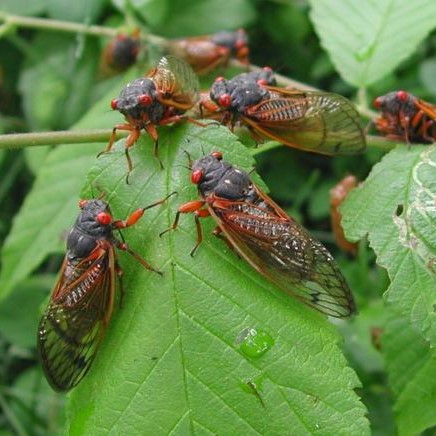Butterflies accumulate enough static electricity to attract pollen without contact

Researchers from the University of Bristol, UK, discovered butterflies and moths use static electricity to attract pollen, enhancing their pollination efficiency.
Darting around with a tiny brain

Physicist Elisabetta Chicca’s latest research at the University of Groningen demonstrates how understanding insect brain functions can lead to advancements in creating energy-efficient computing, exemplified by a robot designed to navigate like an insect.
Wasps that recognize faces cooperate more, may be smarter

From Cornell University 22/12/23 A new study of paper wasps suggests social interactions may make animals smarter. The research offers behavioral evidence of an evolutionary link between the ability to recognize individuals and social cooperation. Furthermore, genomic sequencing revealed that populations of wasps that recognized each other – and cooperated more – showed recent adaptations […]
Broadband buzz: Periodical cicadas’ chorus measured with fiber optic cables

From Entomological Society of America 11/12/23 Hung from a common utility pole, a fiber optic cable—the kind bringing high-speed internet to more and more American households—can be turned into a sensor to detect temperature changes, vibrations, and even sound, through an emerging technology called distributed fiber optic sensing. However, as NEC Labs America photonics researcher […]
Move over Ant Man! Insect cyborgs signal progress towards precision movement

From Tohoku University 10/10/23 Insect cyborgs may sound like science fiction, but it’s a relatively new phenomenon based on using electrical stimuli to control the movement of insects. These hybrid insect computer robots, as they are scientifically called, herald the future of small, high mobile and efficient devices. Despite significant progress being made, however, further […]
